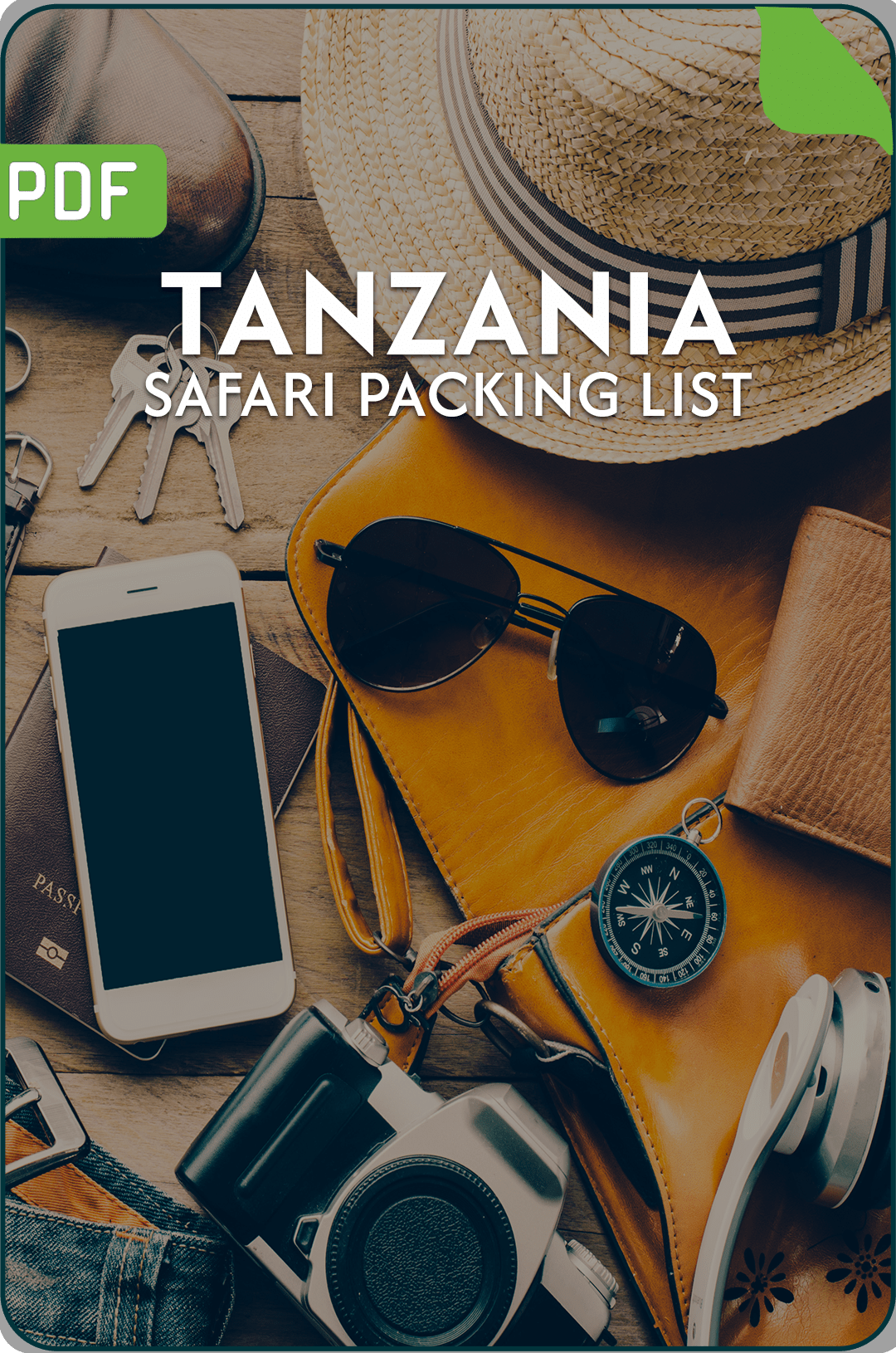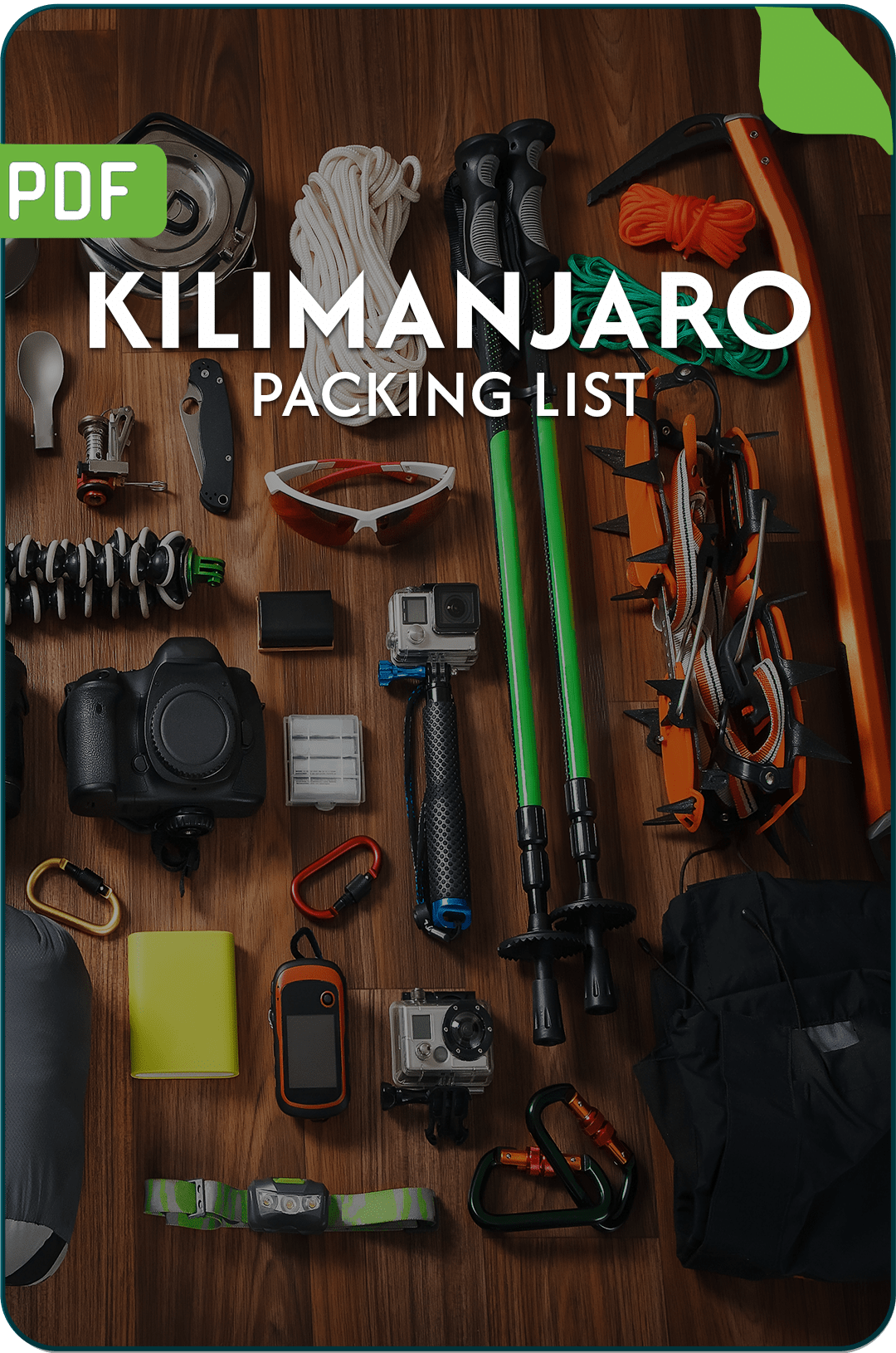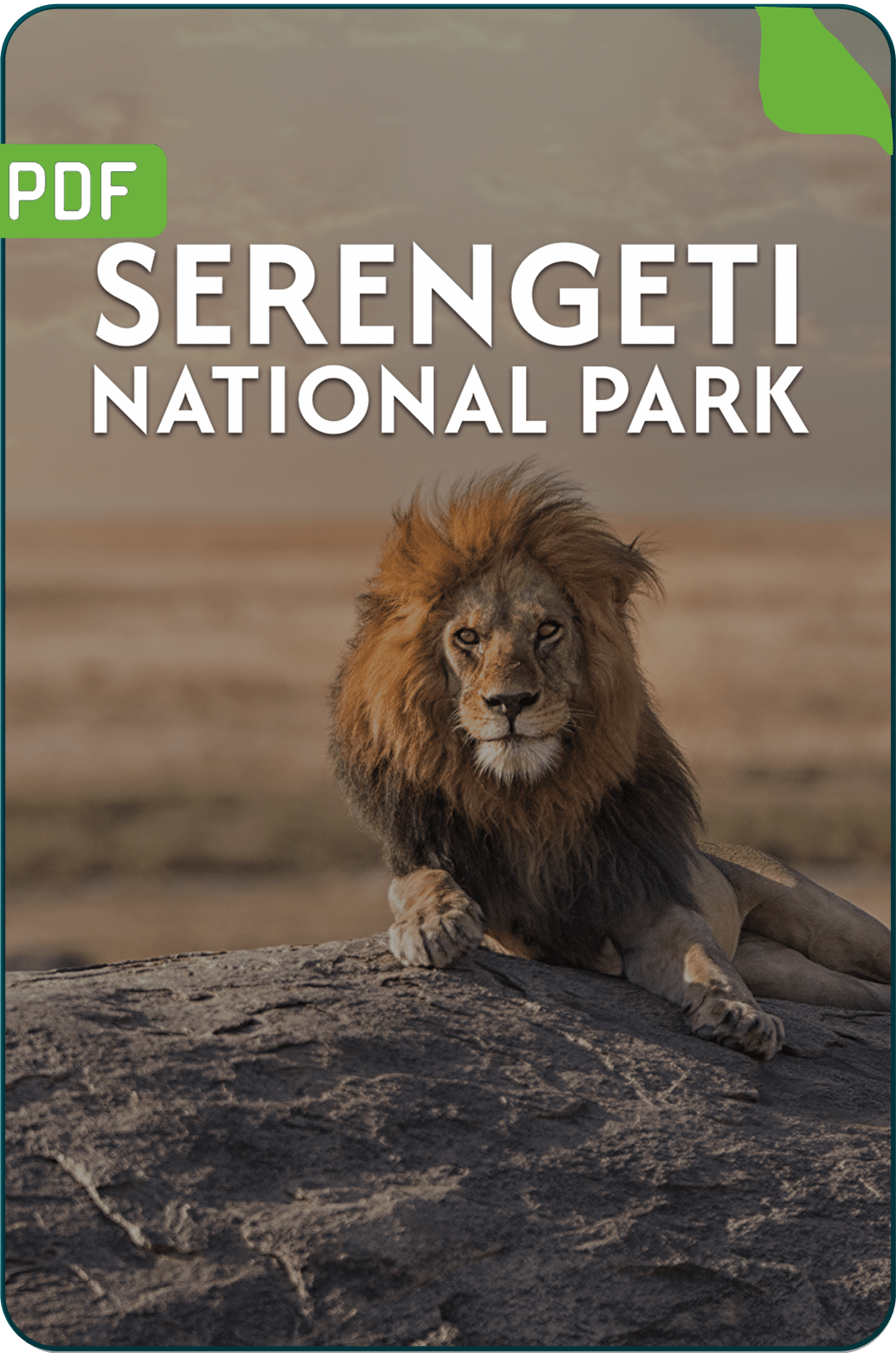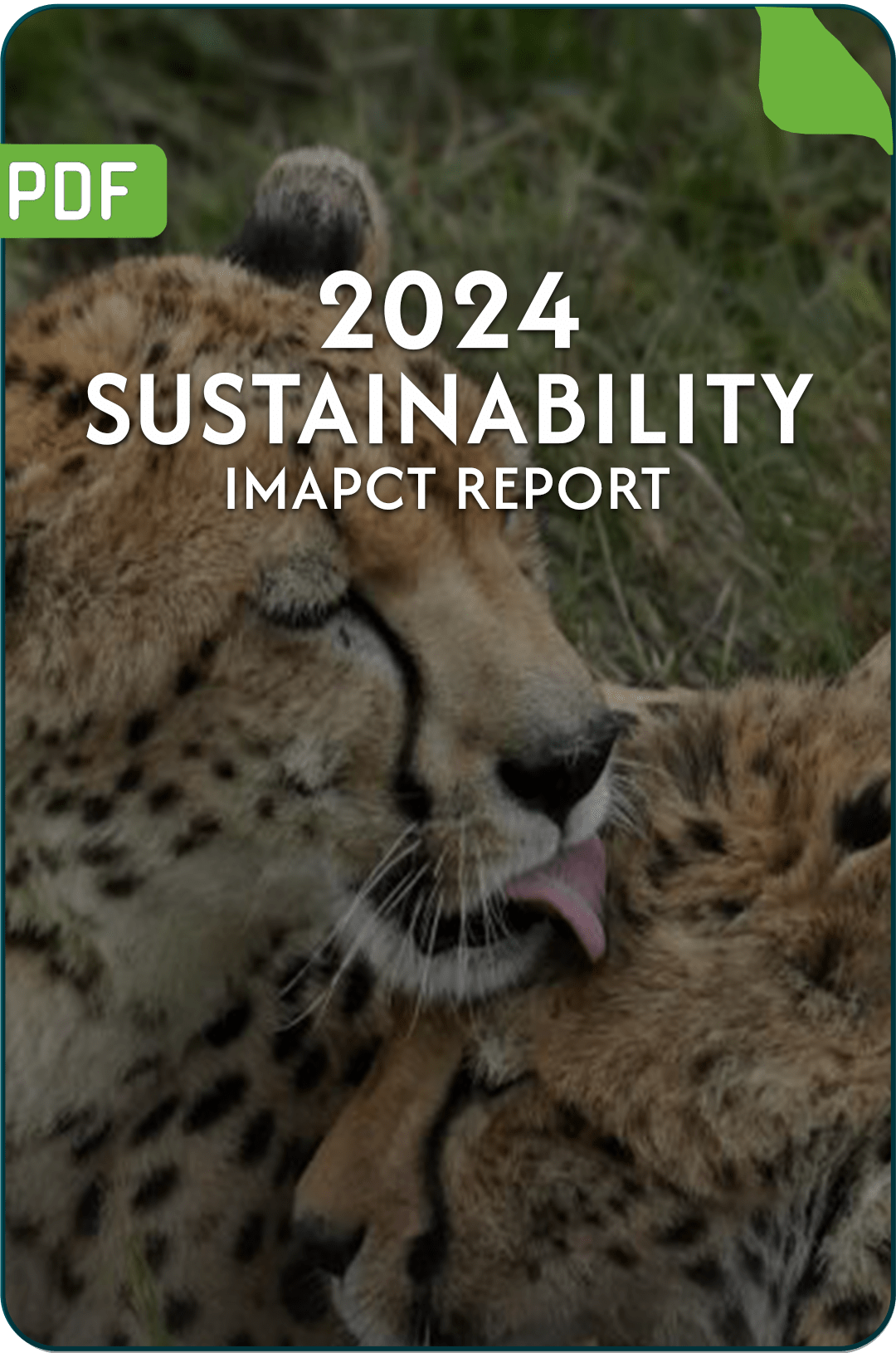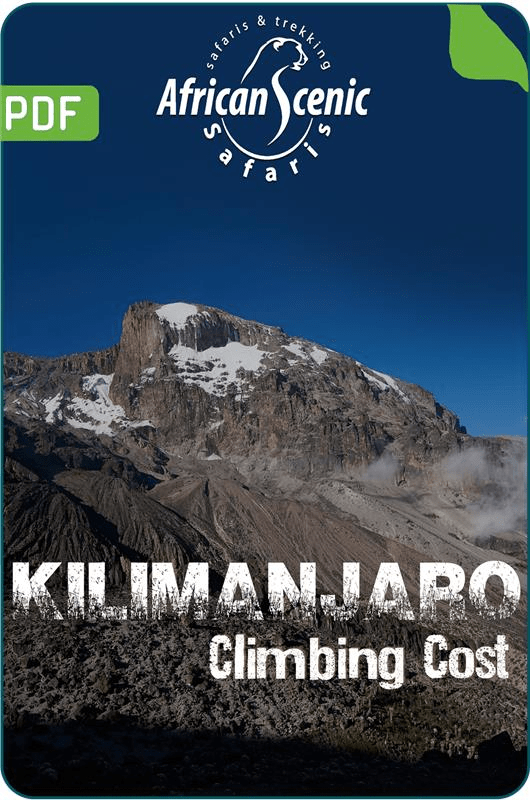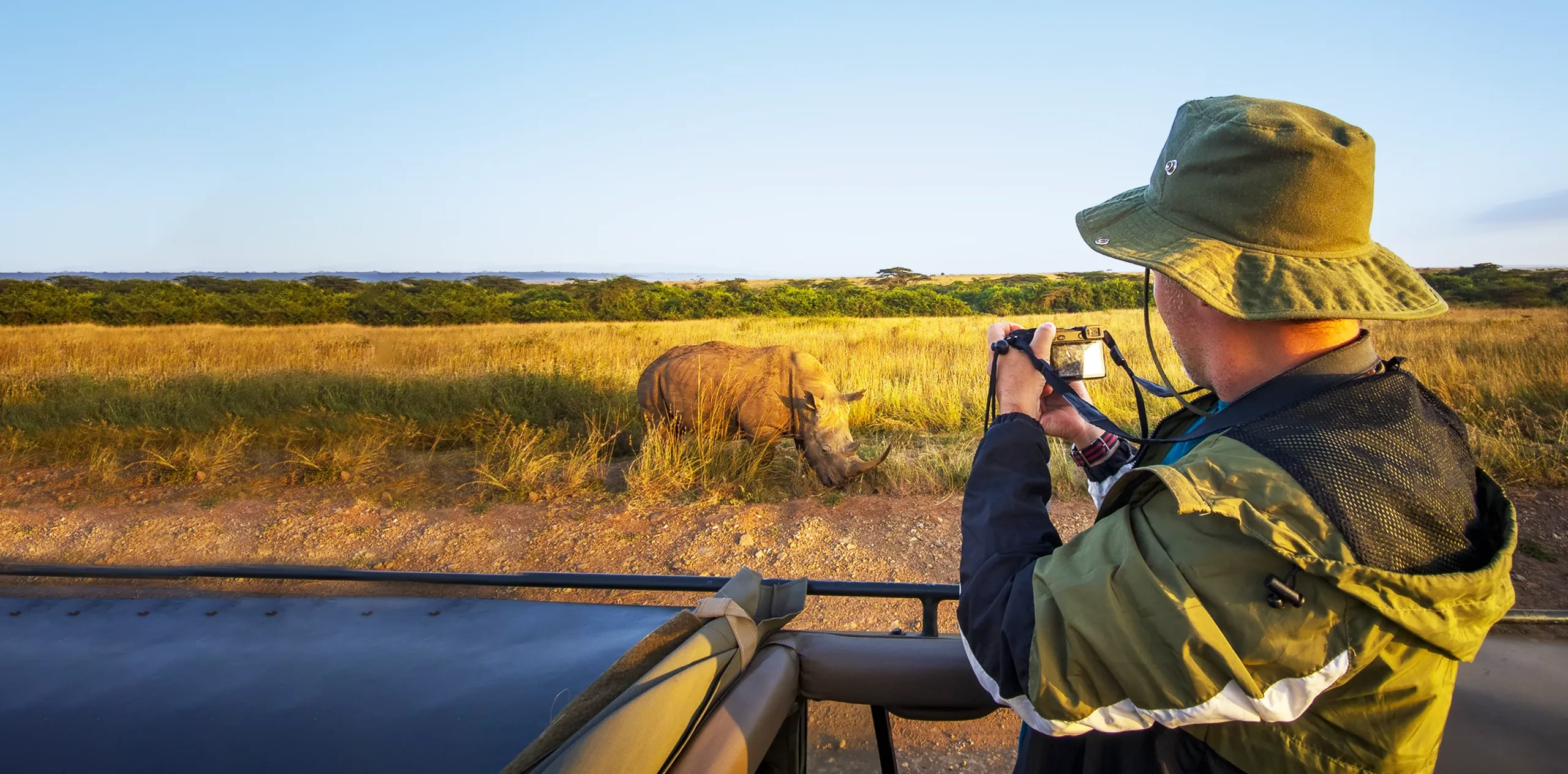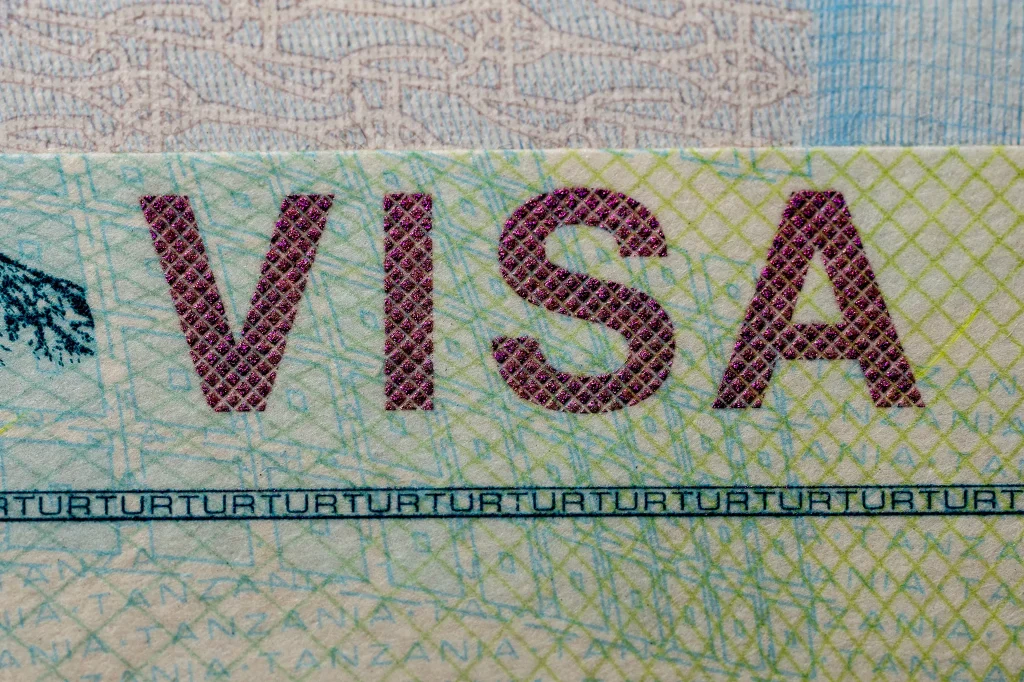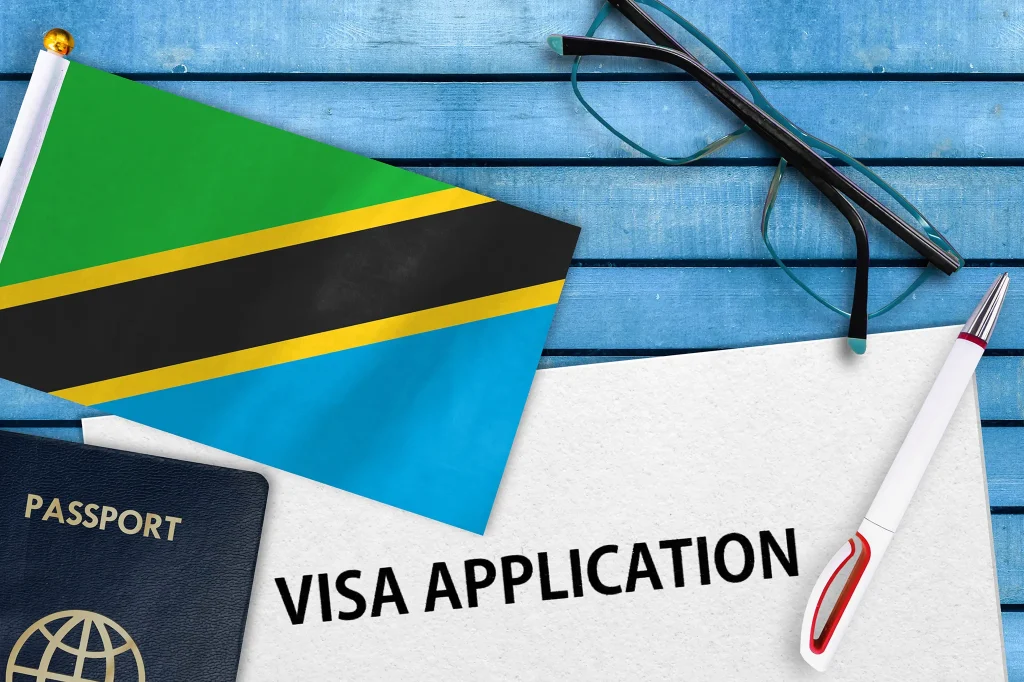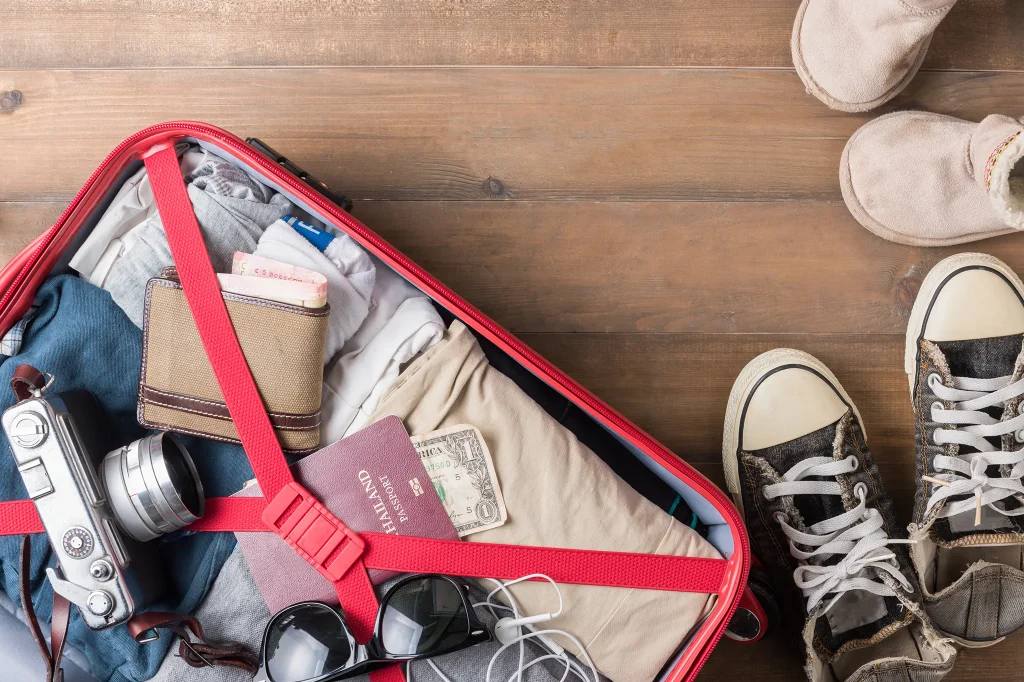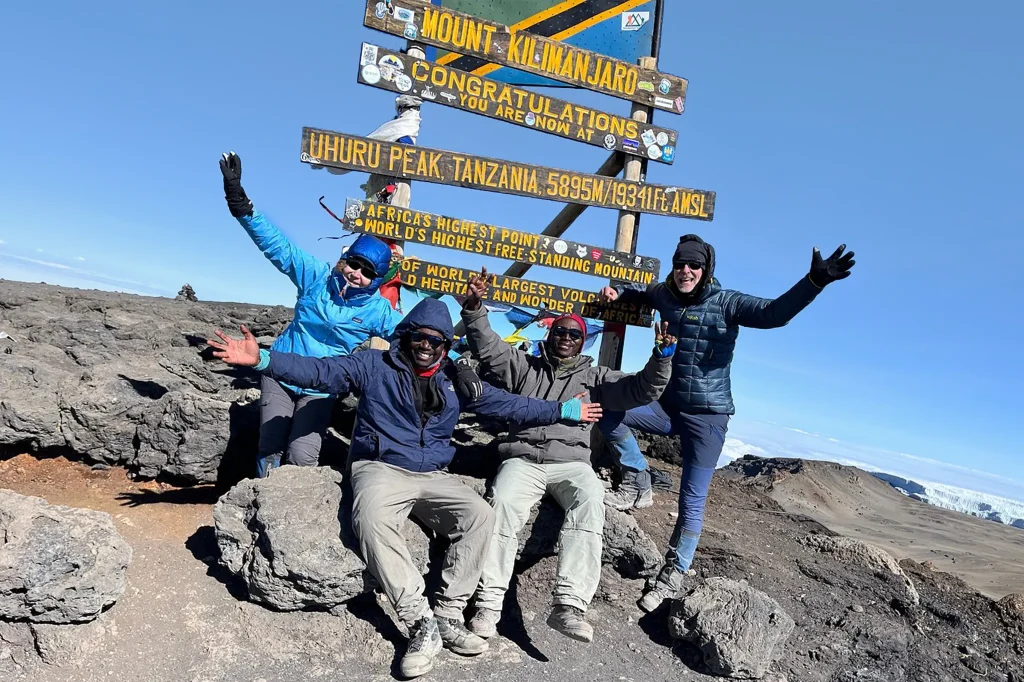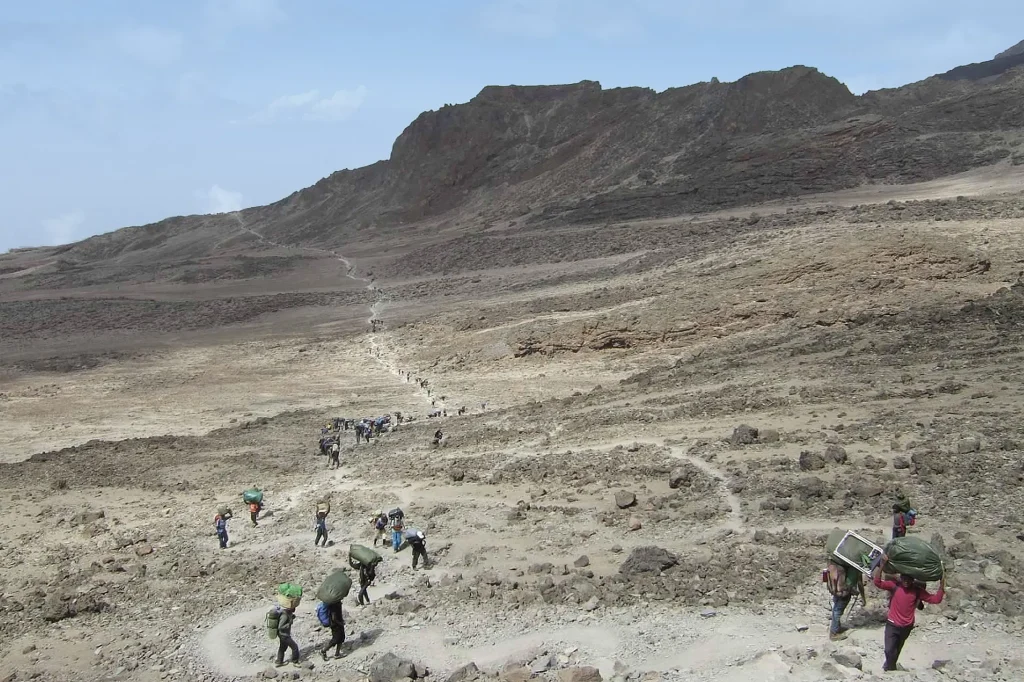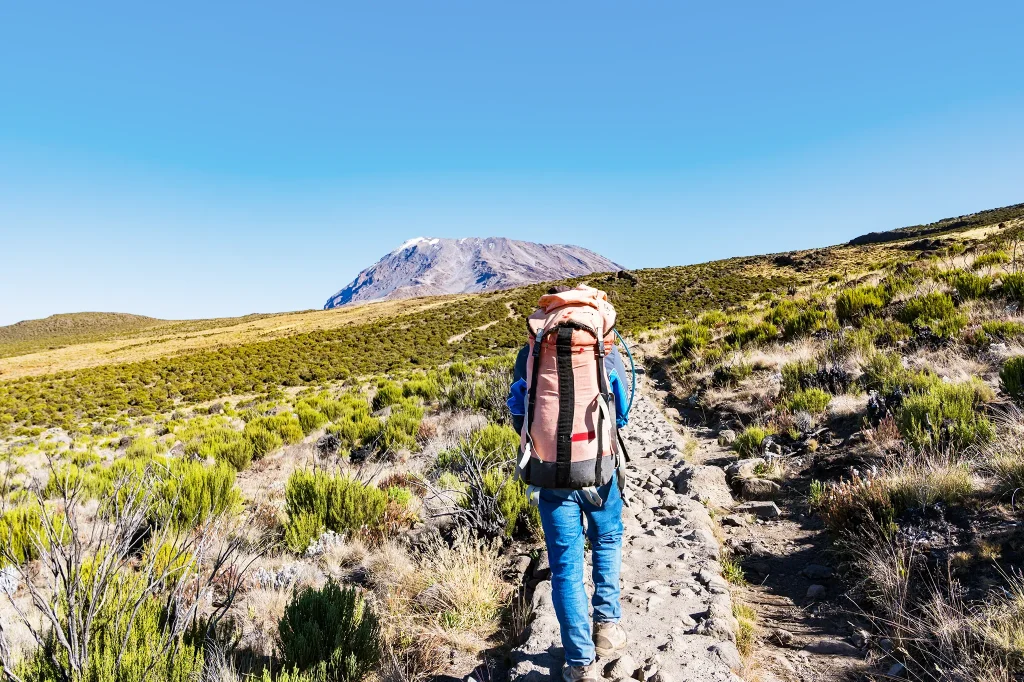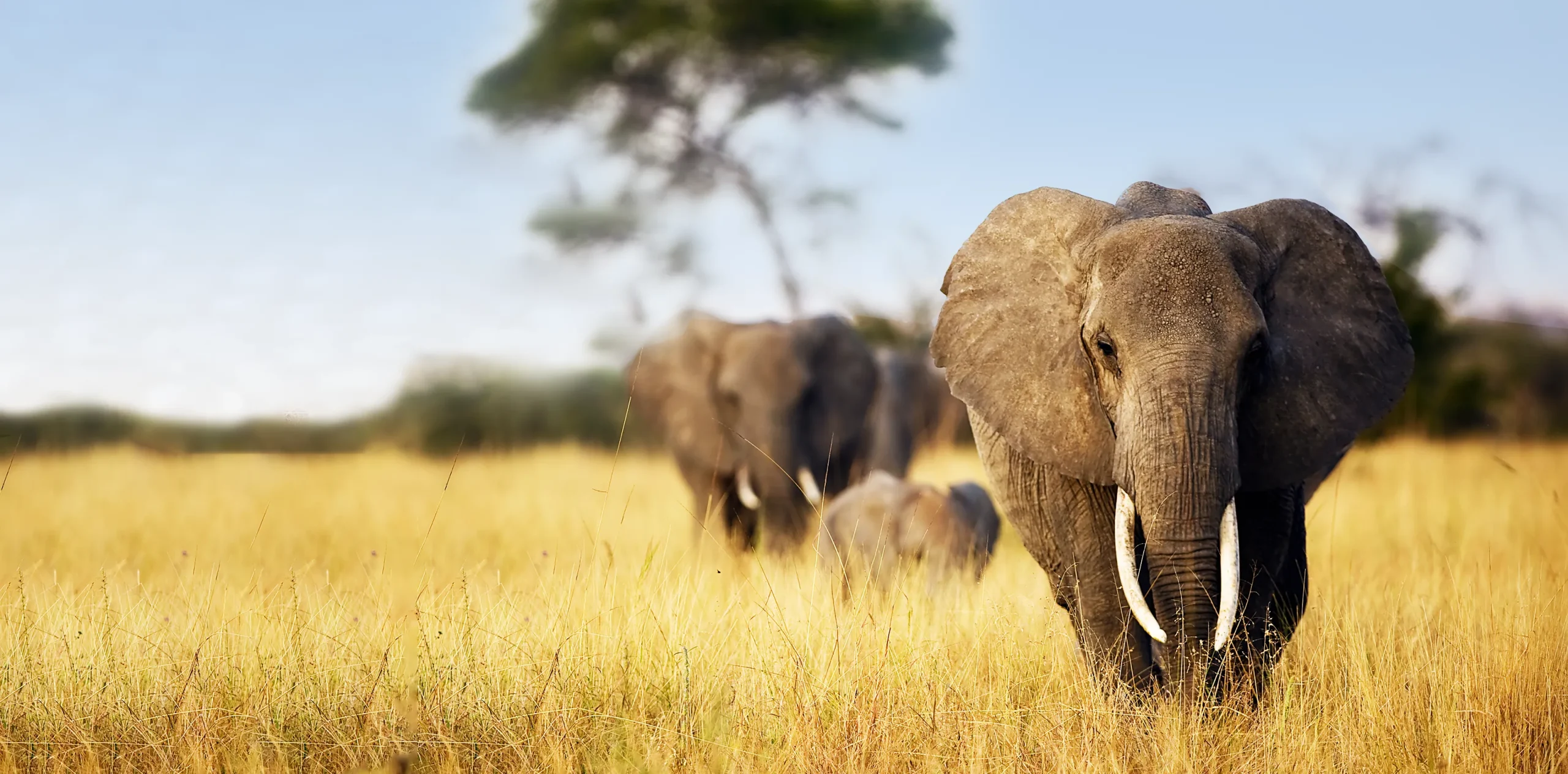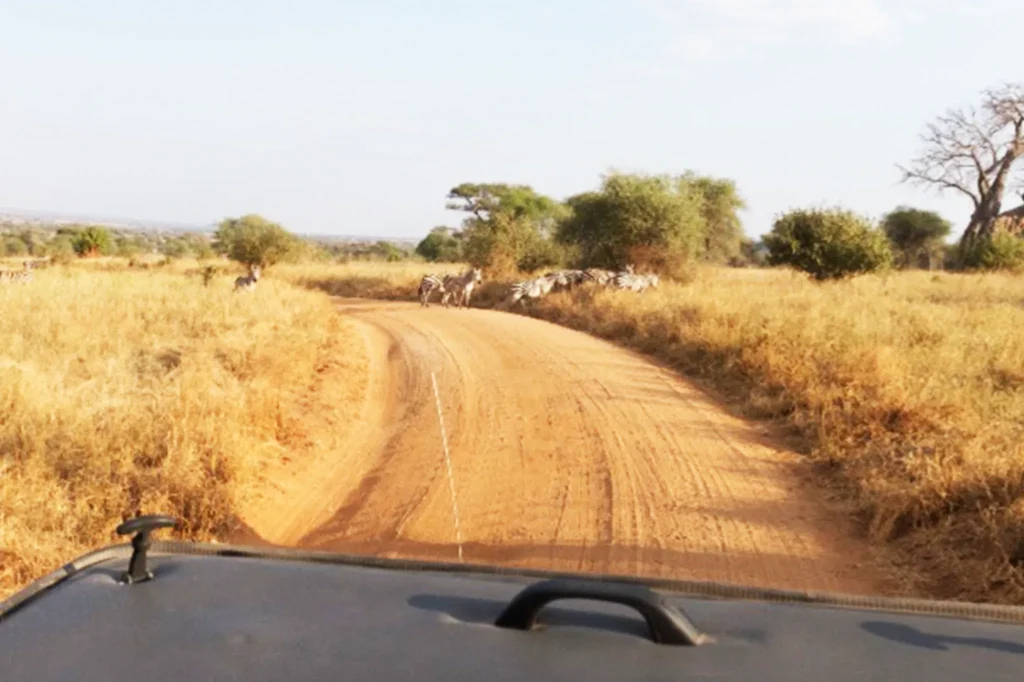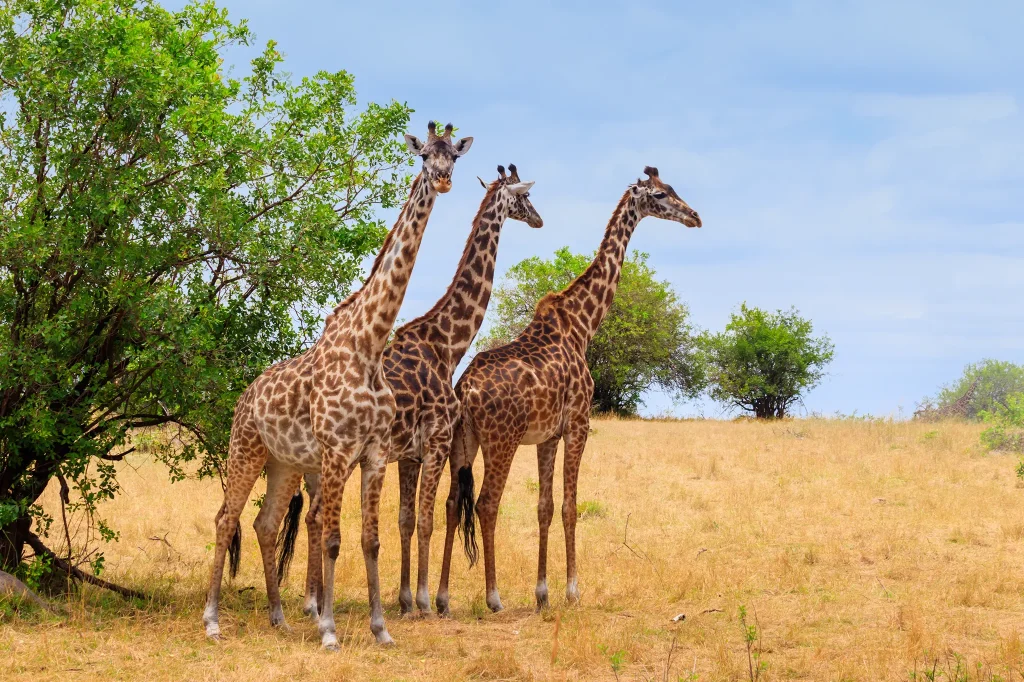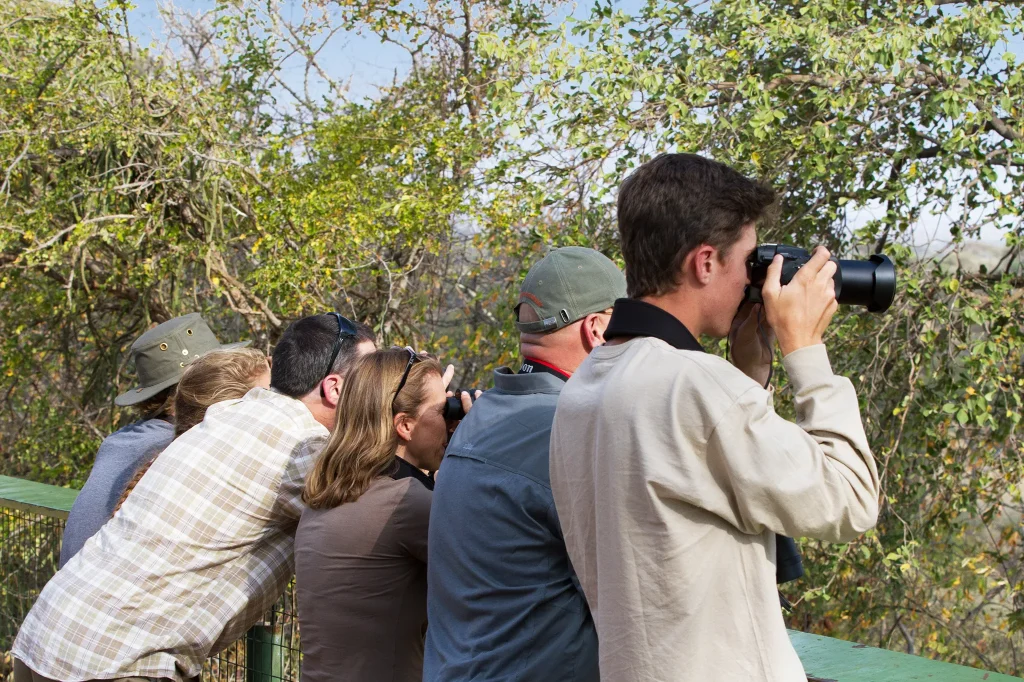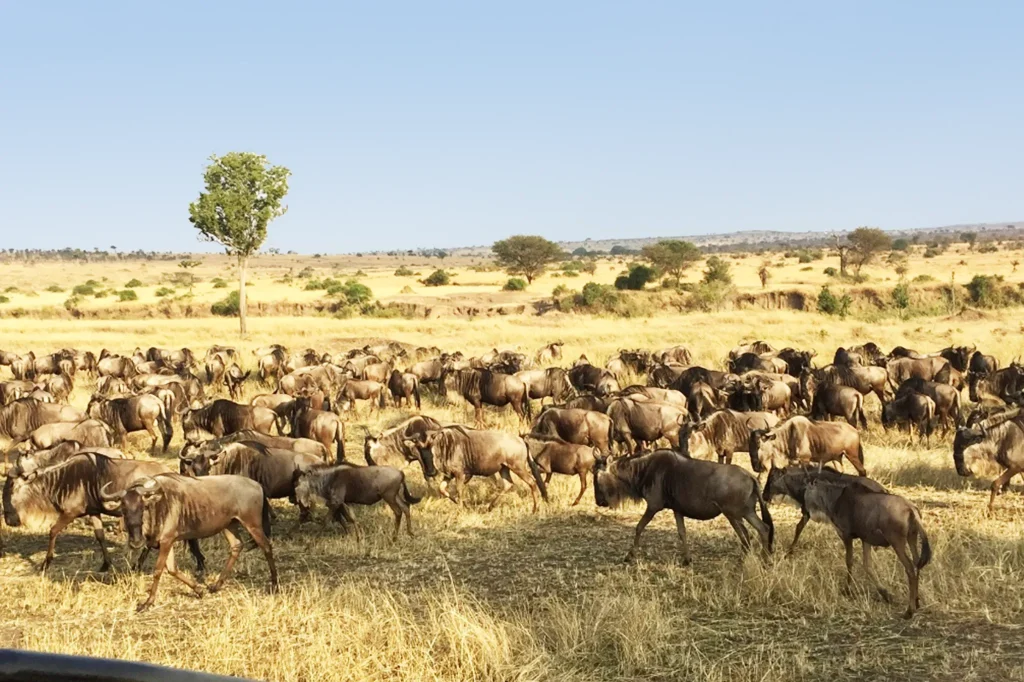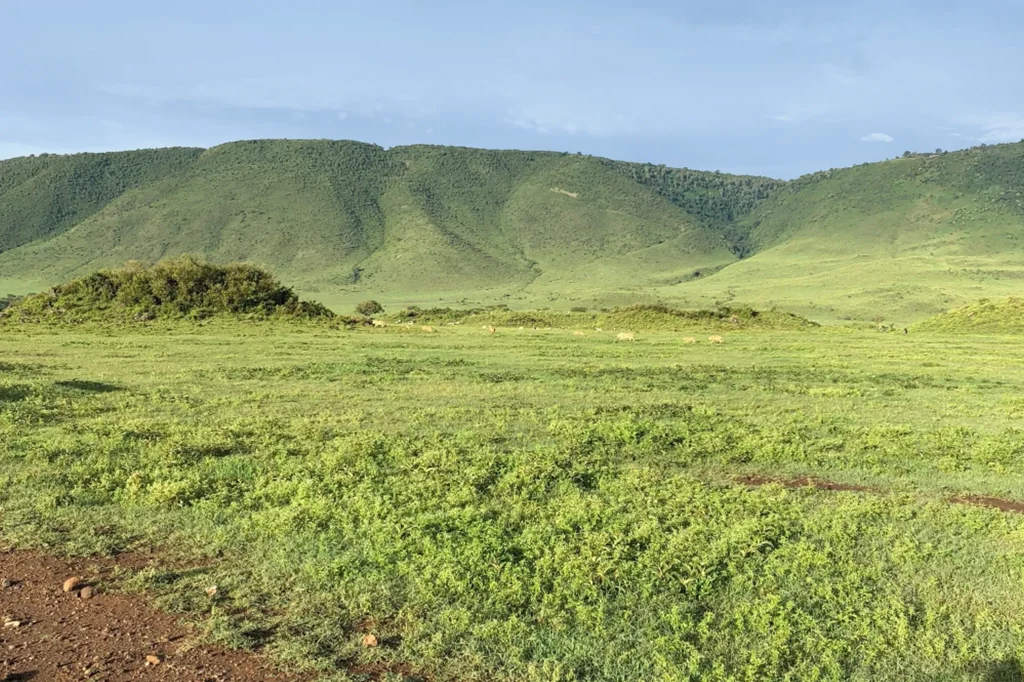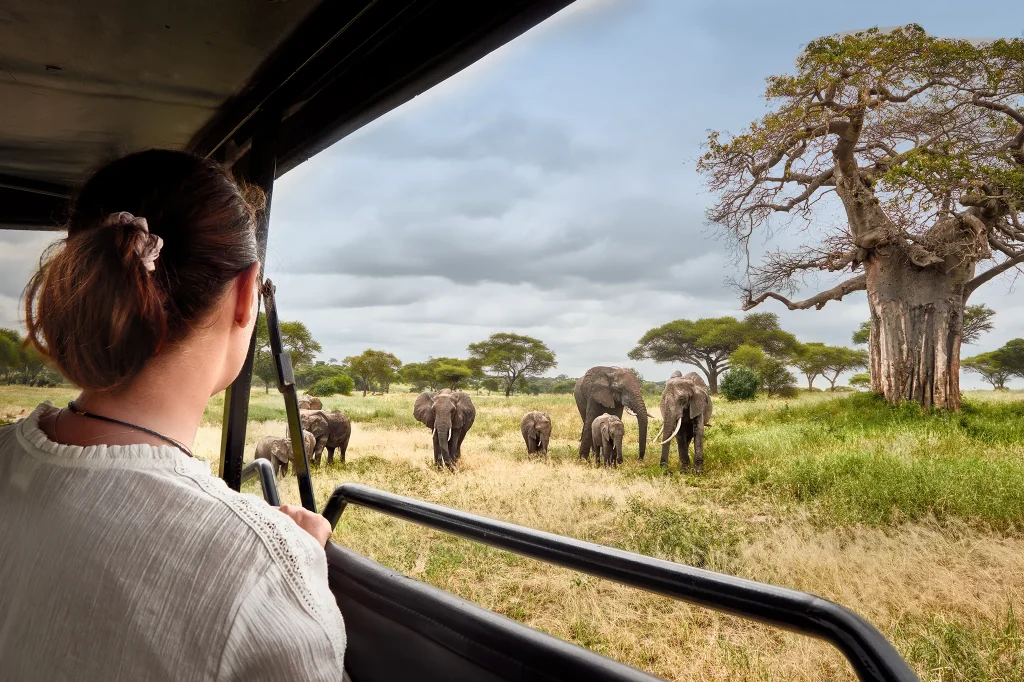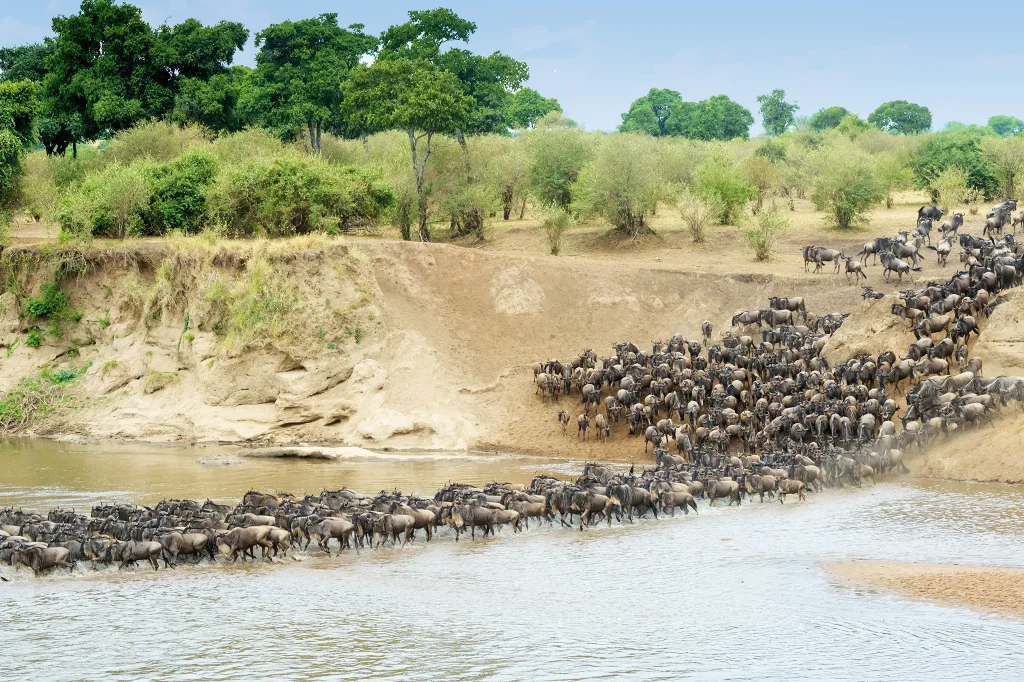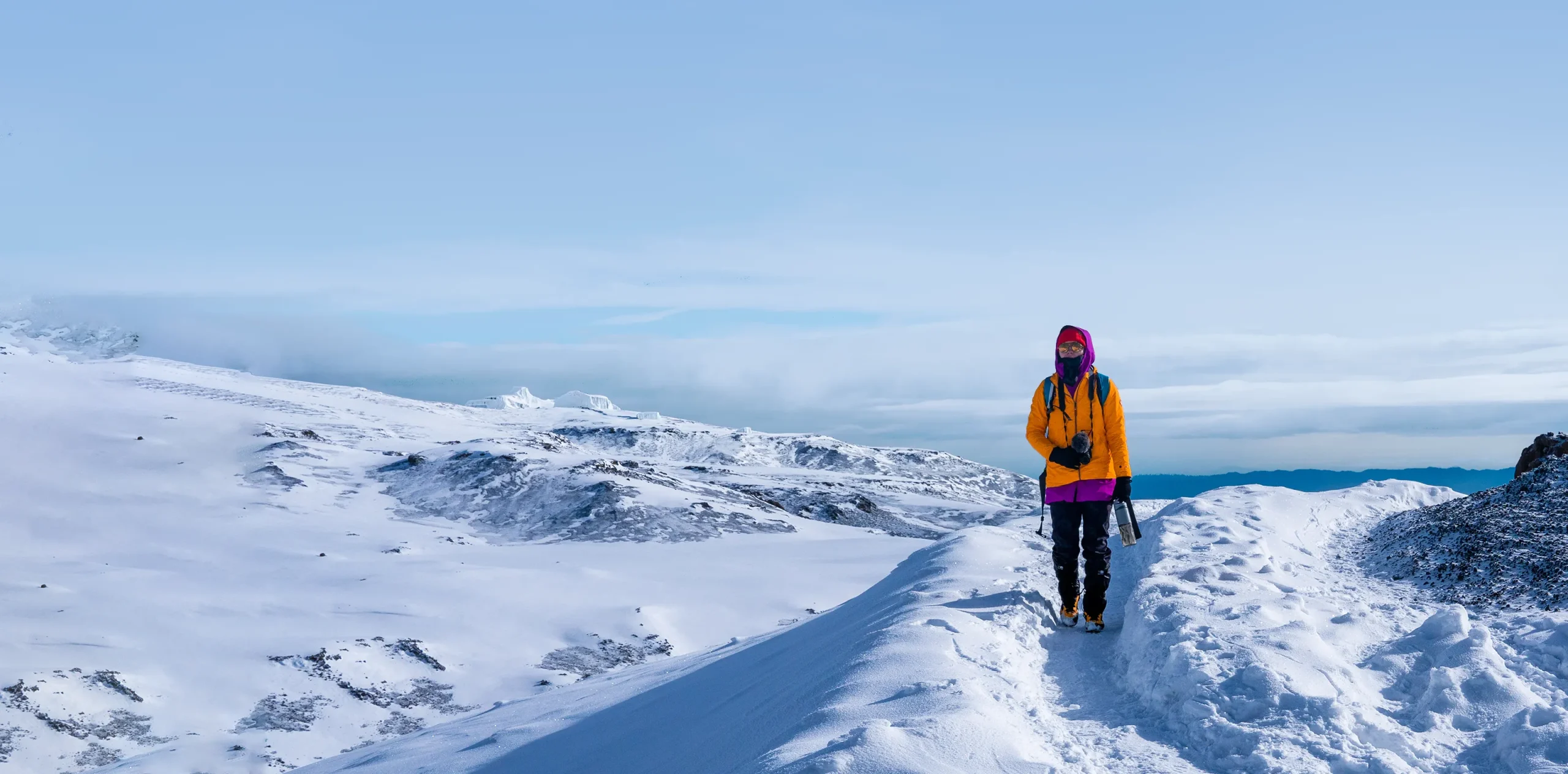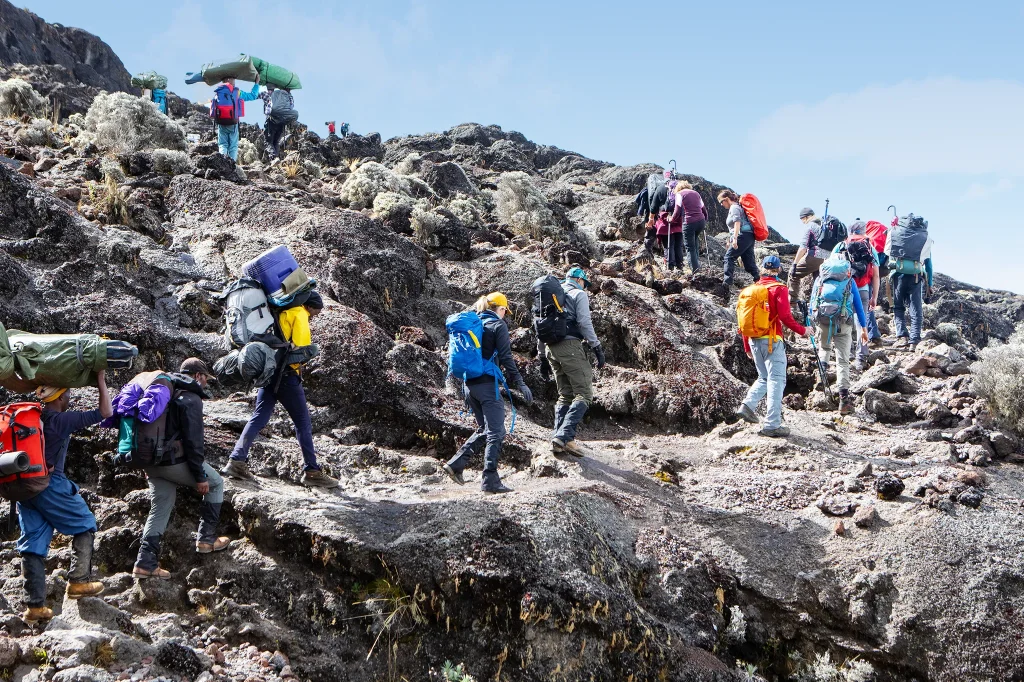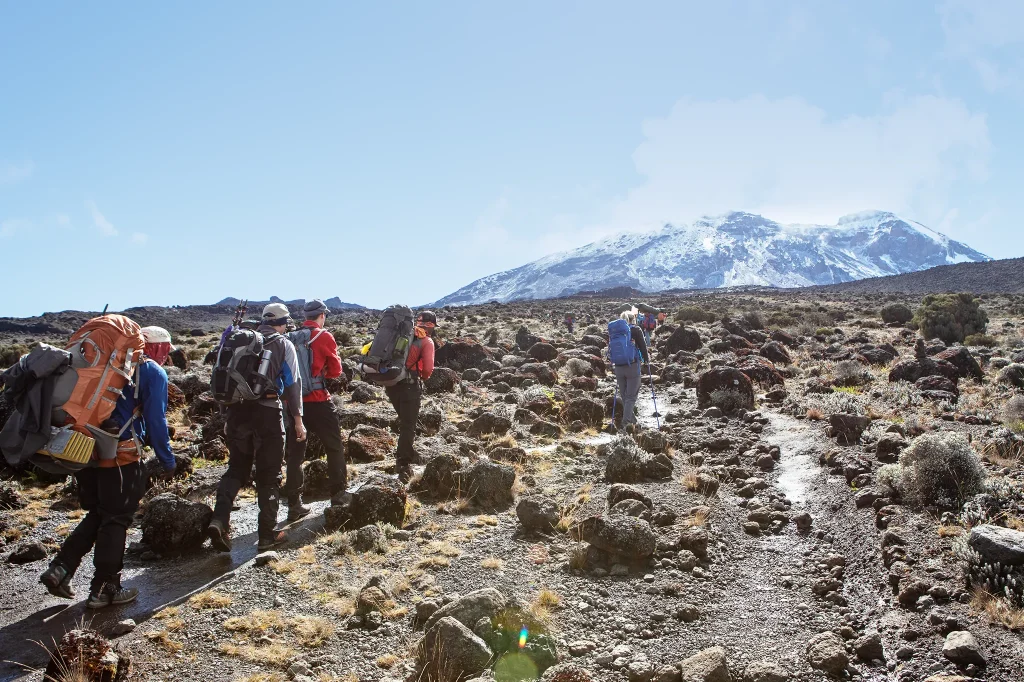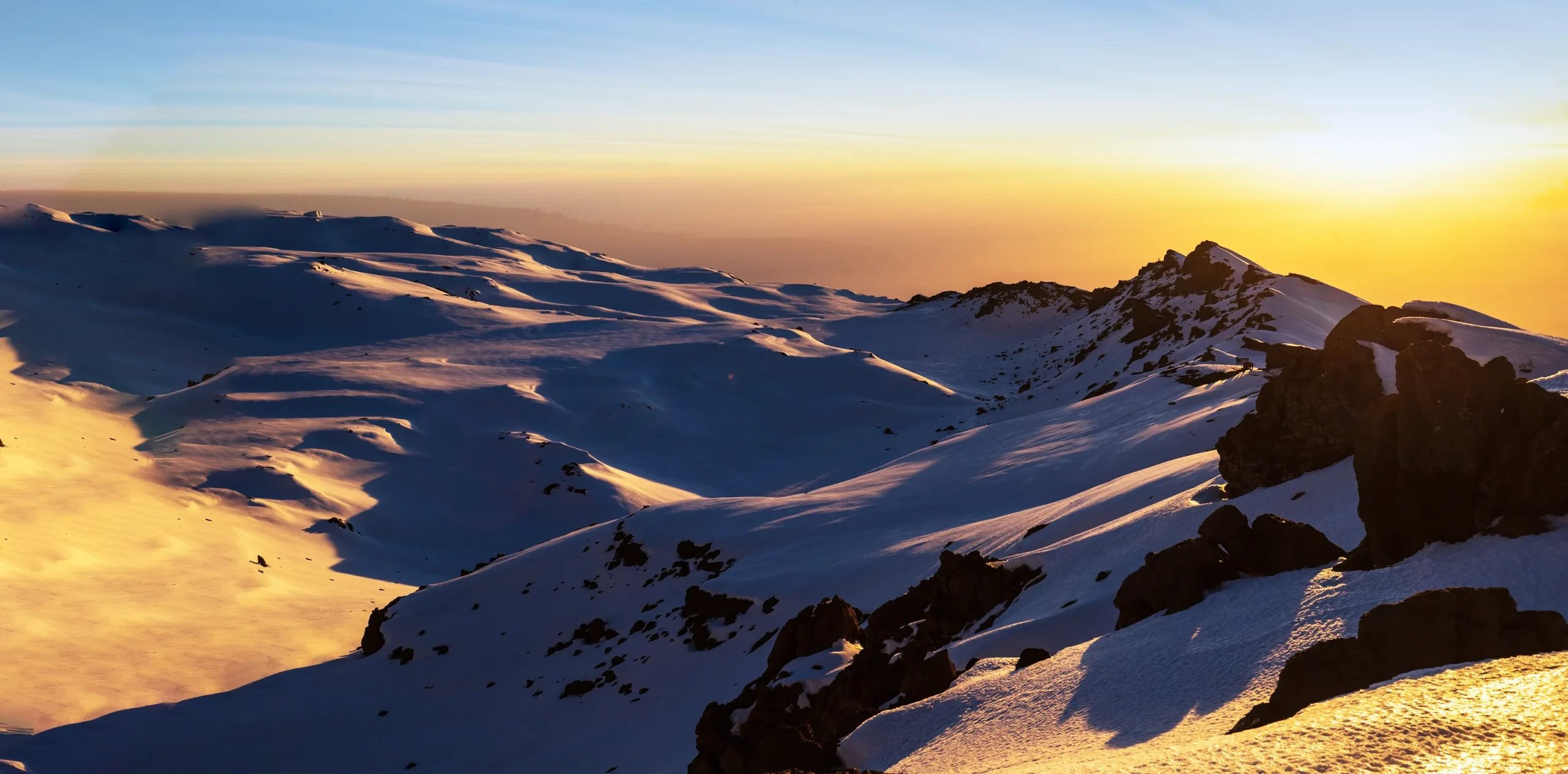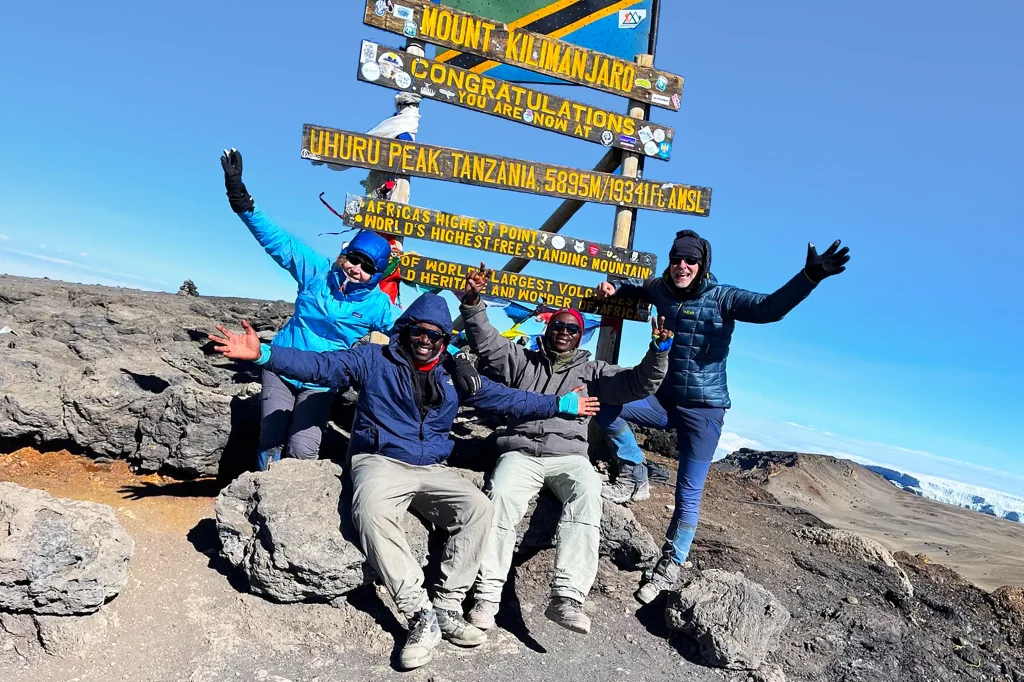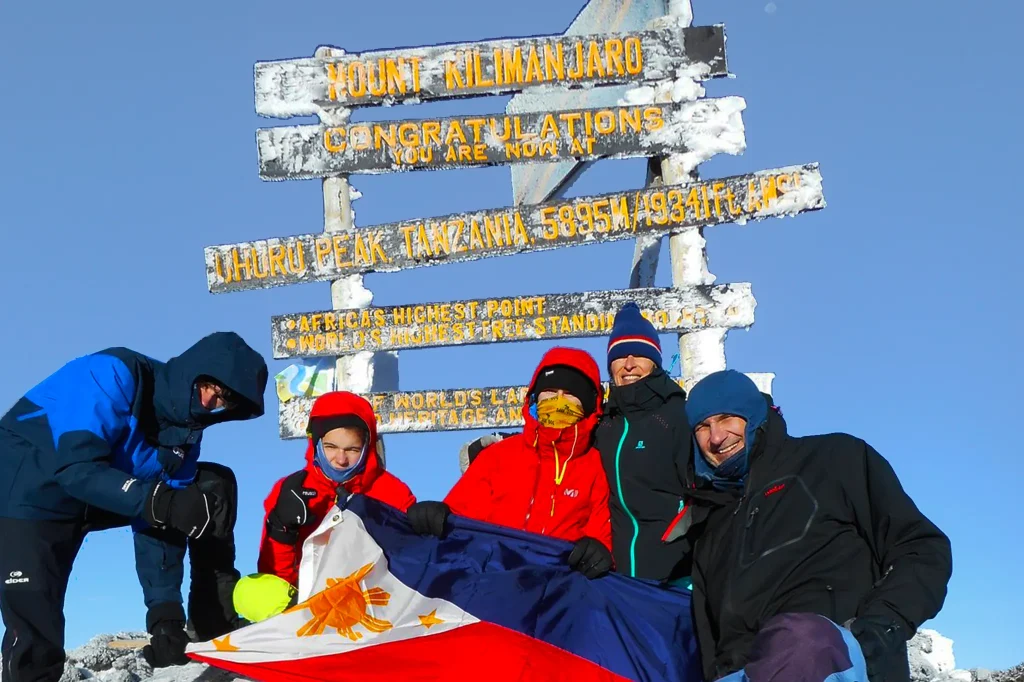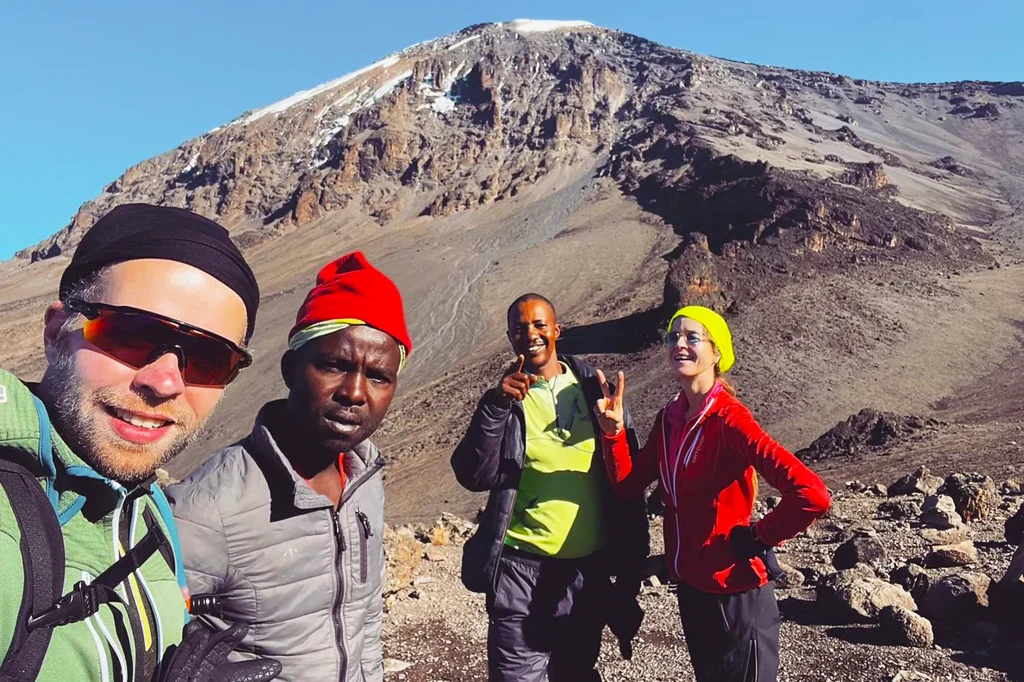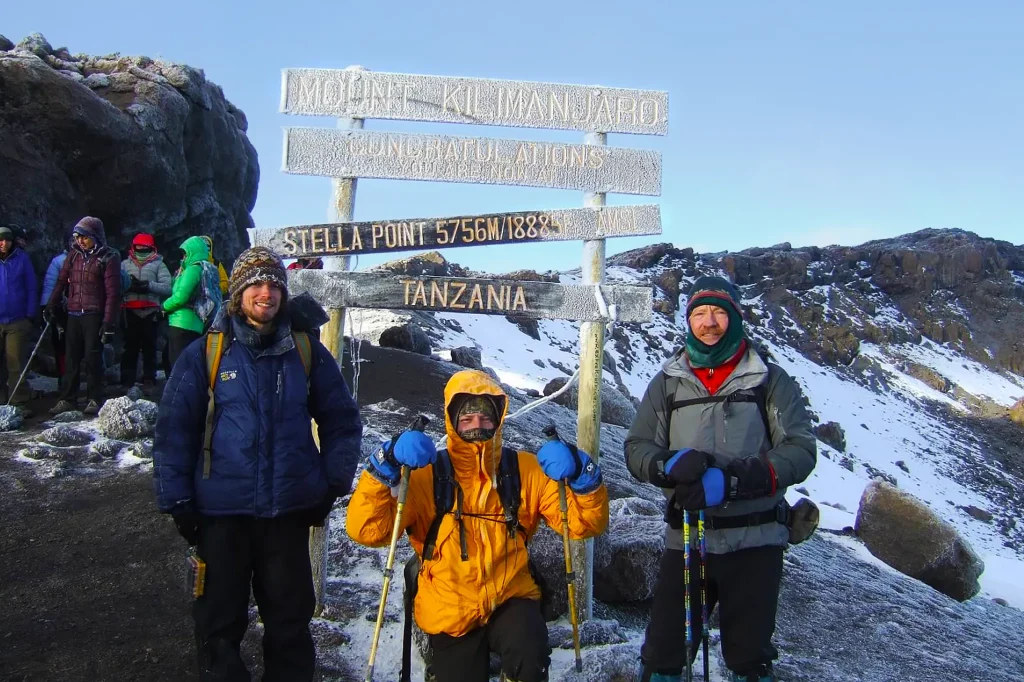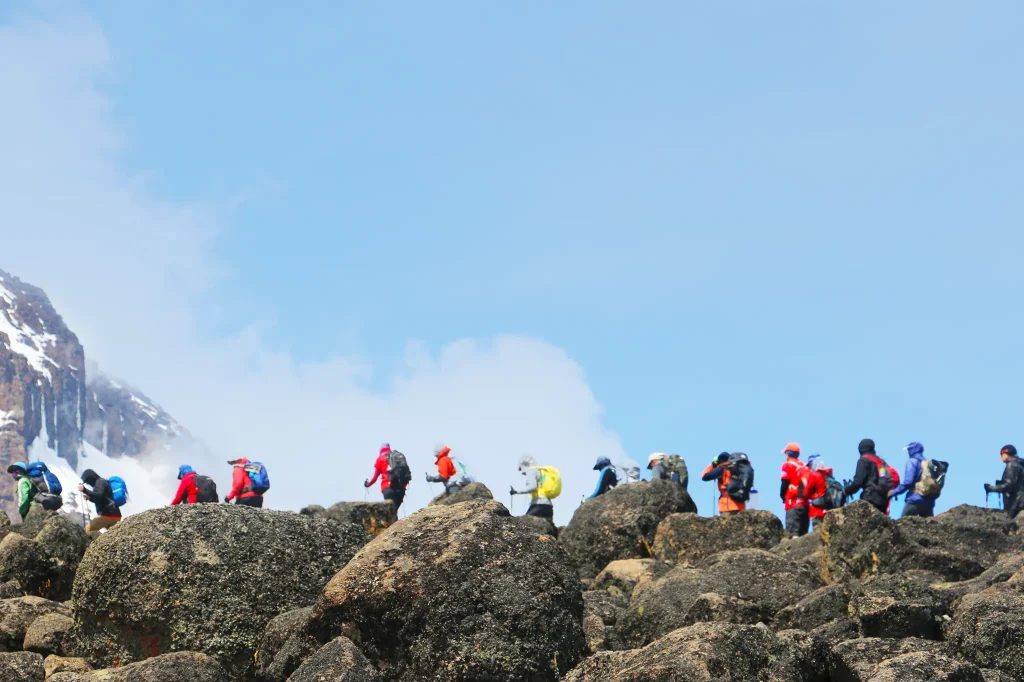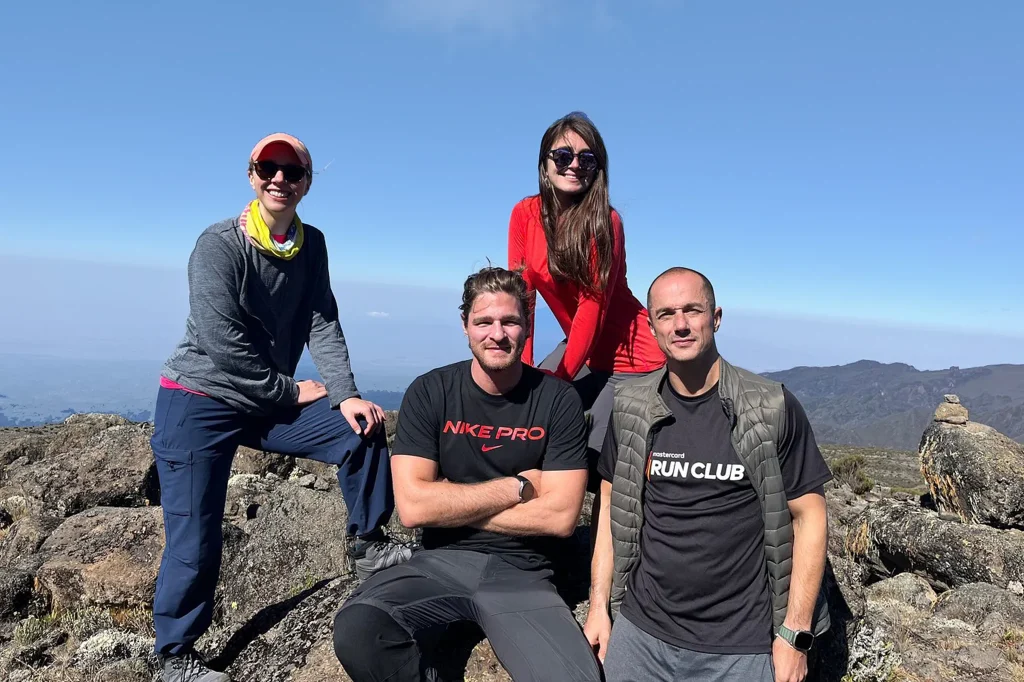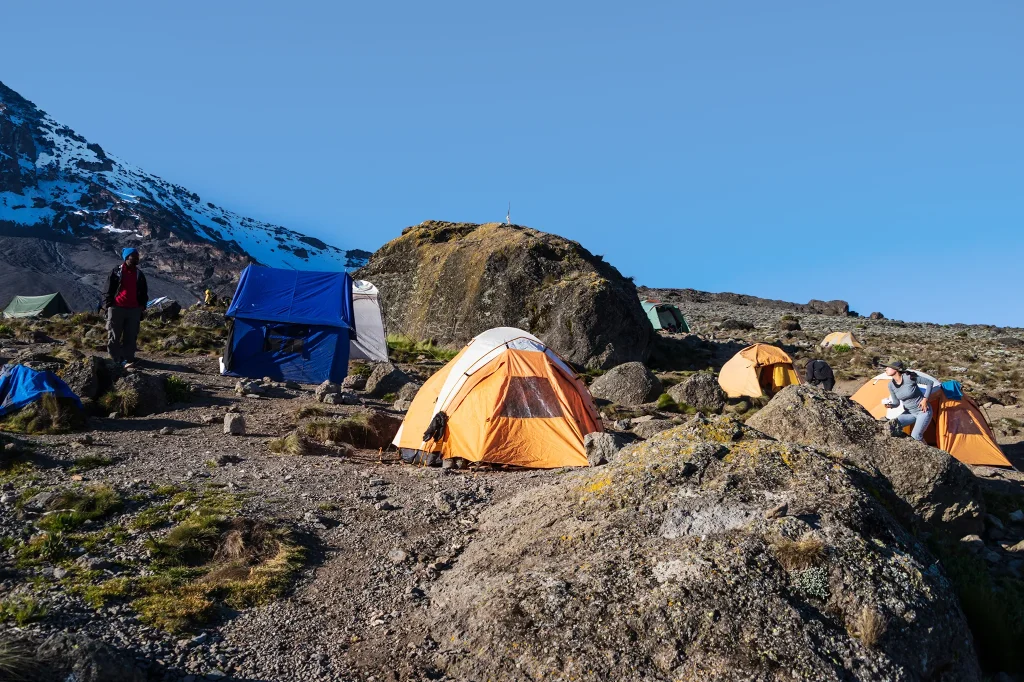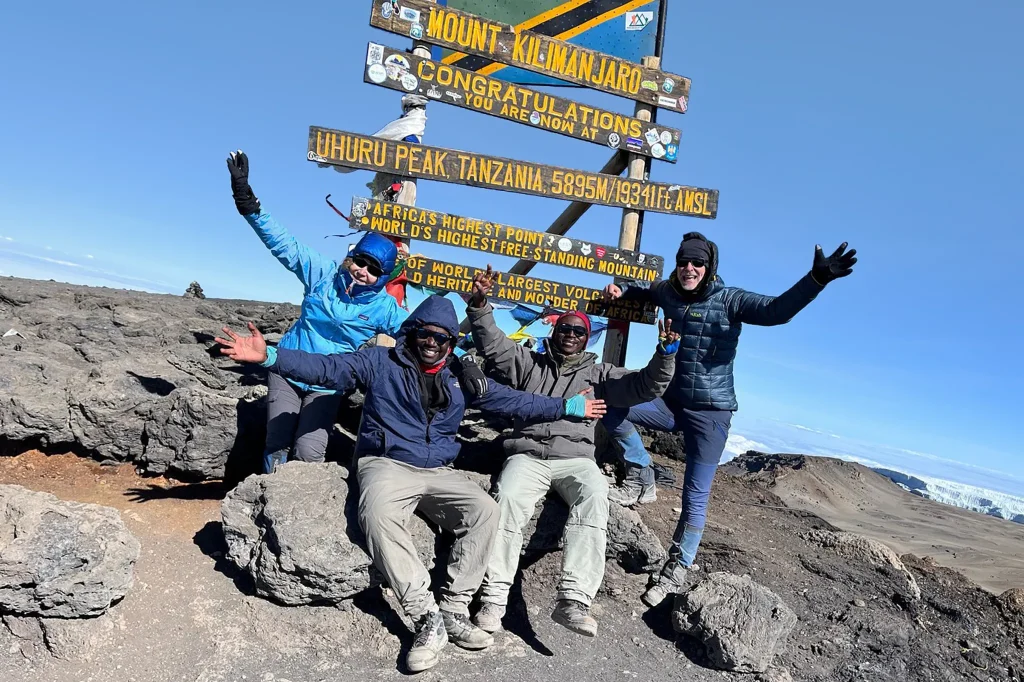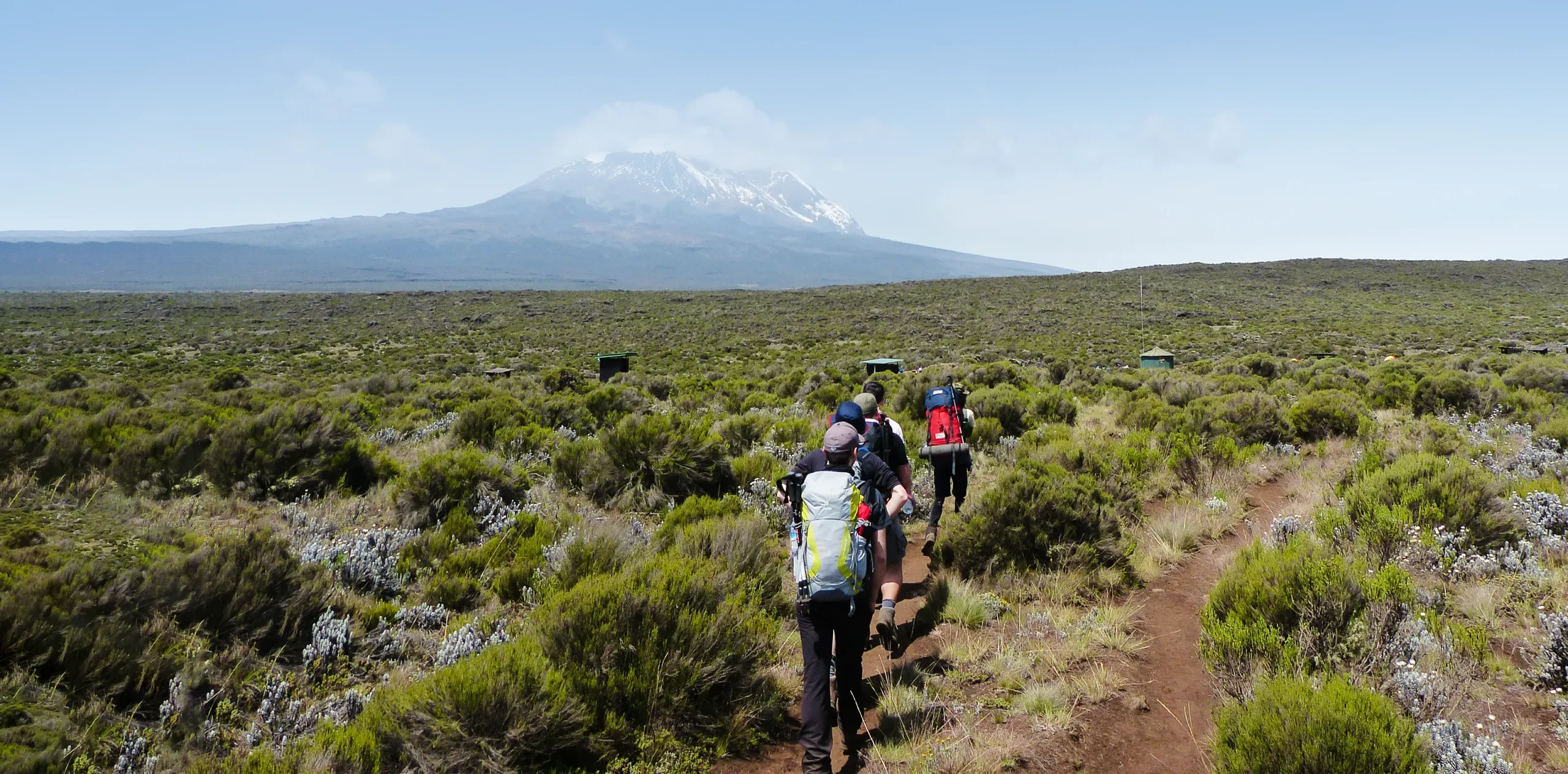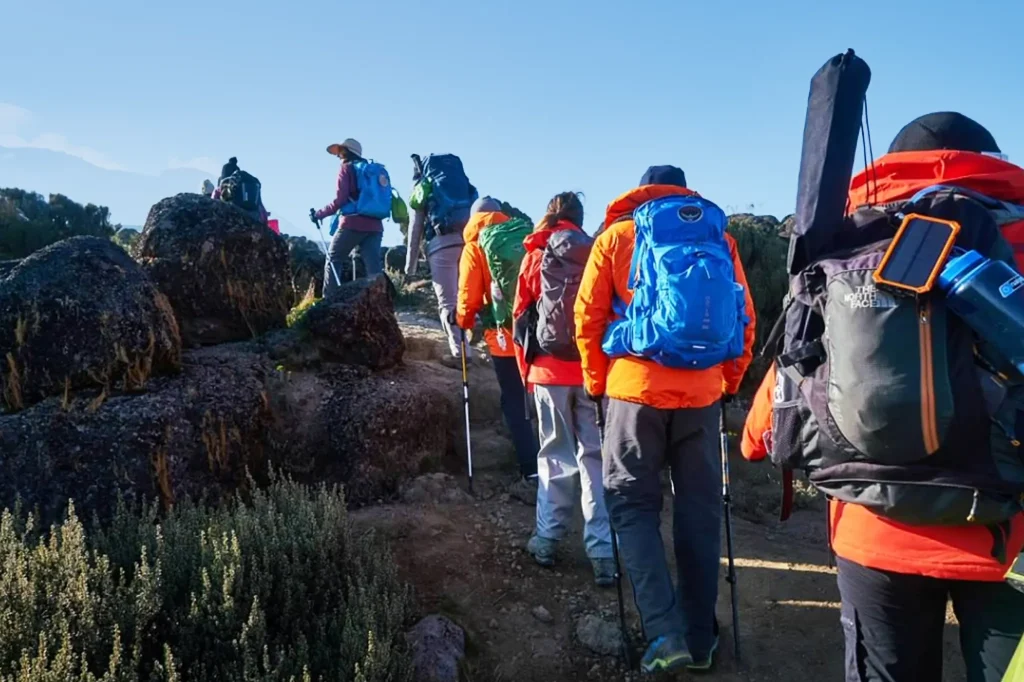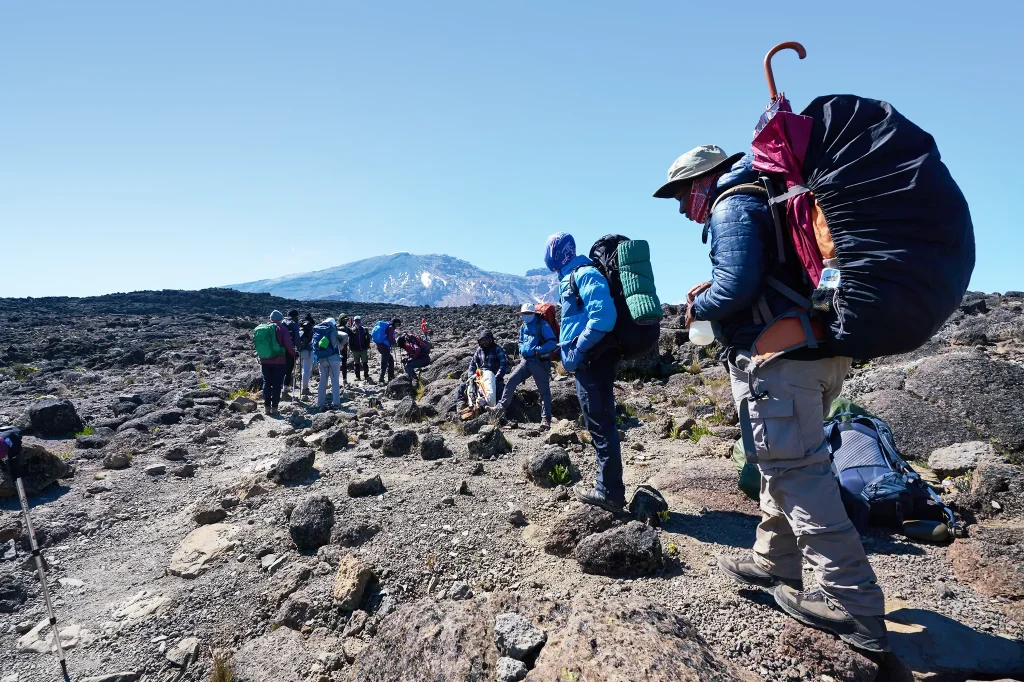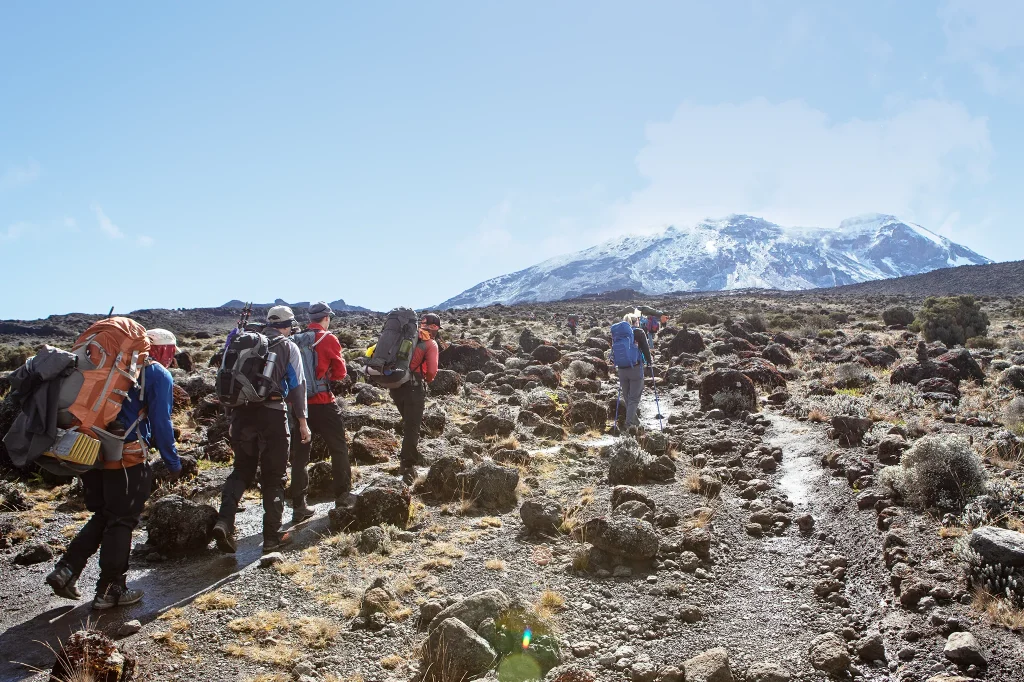Packing for Tanzania Safaris can be a very daunting task. And, if you are visiting for the first time, it can be all the more overwhelming. The following Tanzania Safari Packing List aims to help first-time visitors feel fully prepared and confident in their packing choices.
This Tanzania Packing List will also ensure that first-time safari-goers can focus more on enjoying the incredible wildlife and natural beauty rather than getting bothered by missing out on some essential stuff.
Must-Have Clothing Items in a Tanzania Safari Packing List
When it comes to clothing for a Safari in Tanzania, it’s essential to prioritise function and comfort over fashion. The right clothing makes for a more enjoyable experience overall. Here are some clothing considerations that should be kept in mind for first-time visitors.
Lightweight and Breathable Materials
The climate in Tanzania can be quite hot and humid. So, it’s important to pack lightweight and breathable clothing. Avoid heavy fabrics. These fabrics don’t allow air to circulate and can cause discomfort and overheating.
Long-sleeved Shirts
Long-sleeved shirts are a great way to protect against the sun, bugs, and other environmental factors. Look for shirts with breathable materials and a loose fit for maximum comfort.
Comfortable Shoes
When it comes to footwear, it’s important to prioritise comfort and support. Closed-toe shoes with good traction are ideal. They can help protect against rocks, thorns, and other hazards.
Dressing in Layers
The weather in Tanzania can be unpredictable, with temperature changes throughout the day and night. Dressing in layers can help ensure that you’re prepared for different conditions.
Bring a lightweight jacket or sweater for cooler evenings. A hat and sunglasses also protect against the sun.
Here is a checklist for clothing recommendations for a Tanzania Safari Packing List for first-timers.
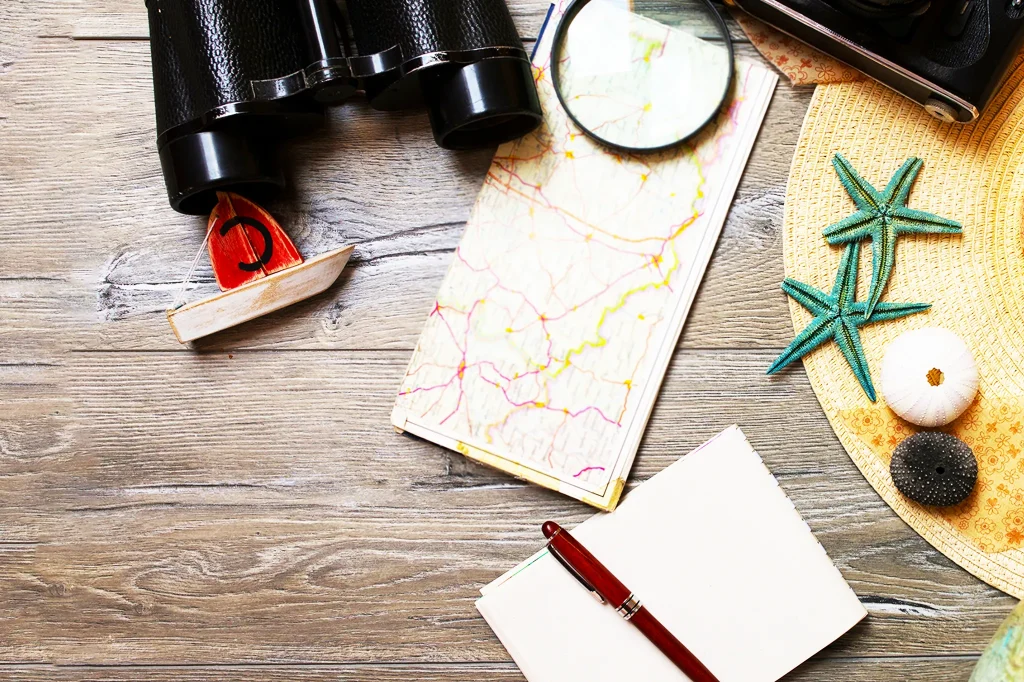
| Clothing | Descriptions |
| Lightweight shirts | Long-sleeved, breathable shirts to protect from the sun and bugs |
| Pants | Lightweight, comfortable pants that can be rolled up or converted into shorts |
| Fleece jacket | Warm layer for early morning and evening game drives |
| Rain jacket | Waterproof and windproof jacket for the rainy season and unexpected weather changes |
| Hat | A wide-brimmed hat to protect from the sun |
| Hiking boots | Comfortable and sturdy shoes or boots for walking on uneven terrain |
Essential Equipment for Tanzania Safaris: Packing List
In addition to suitable clothing, visitors to Tanzania for a Safari should also pack essential equipment to enhance their experience. These gadgets will help you capture the incredible wildlife and natural beauty of the region. Here are some essential pieces of equipment that must be included in the Tanzania Safari Packing List.
Camera
A camera is a must-have item for capturing stunning landscapes and wildlife. It is recommended to bring a high-quality camera with a zoom lens. A DSLR or mirrorless camera with a focal length of at least 300mm is best. Extra batteries, memory cards, and a lens cleaning kit are also recommended.
Binoculars
Binoculars are essential for observing wildlife up close and personal. A pair of high-quality, waterproof binoculars with a magnification of at least 8x is recommended.
Flashlight
A flashlight is essential for navigating campsites, lodges, and tents in the evenings and early mornings. A headlamp is recommended, as it allows for hands-free use and eases accessibility in the dark.
A checklist for essential equipment that should be added to your Tanzania Safari Packing List is given below.
| Equipment | Descriptions |
| Camera | High-quality camera with a zoom lens for wildlife photography |
| Binoculars | Lightweight binoculars for bird watching and animal spotting |
| Flashlight | Compact and powerful flashlight for nighttime activities |
| Power bank | Portable charger to keep electronic devices charged during long game drives |
| Memory cards | Plenty of memory cards to store photos and videos |
| Safari bag | A durable and lightweight bag to carry equipment and personal items during drives. |
Personal Items and Accessories For Tanzania Safari Packing
In addition to appropriate clothing and essential equipment, visitors on a Tanzania Safari should also pack personal items to ensure their comfort and well-being throughout the trip. A checklist for different personal items and accessories that you cannot forget in the packing list for a Tanzania Safari is:
- High SPF sunscreen to protect from the strong African Sun.
- Effective and long-lasting insect repellent (DEET) to prevent bug bites and diseases.
- Prescriptions and over-the-counter medications for any personal medical needs.
- Comprehensive first-aid kit with essentials such as bandages, gauze, and antiseptic.
- Reusable water bottles to stay hydrated during long game drives.
Bring your essential travel documents like a passport, e-visa, tickets, cash, bank cards, vaccination booklet, and travel insurance policy.
Packing smart for a Tanzania safari means fewer hassles, more animal sightings and zero regrets because no one wants to miss a lion chase just to borrow sunscreen or socks.
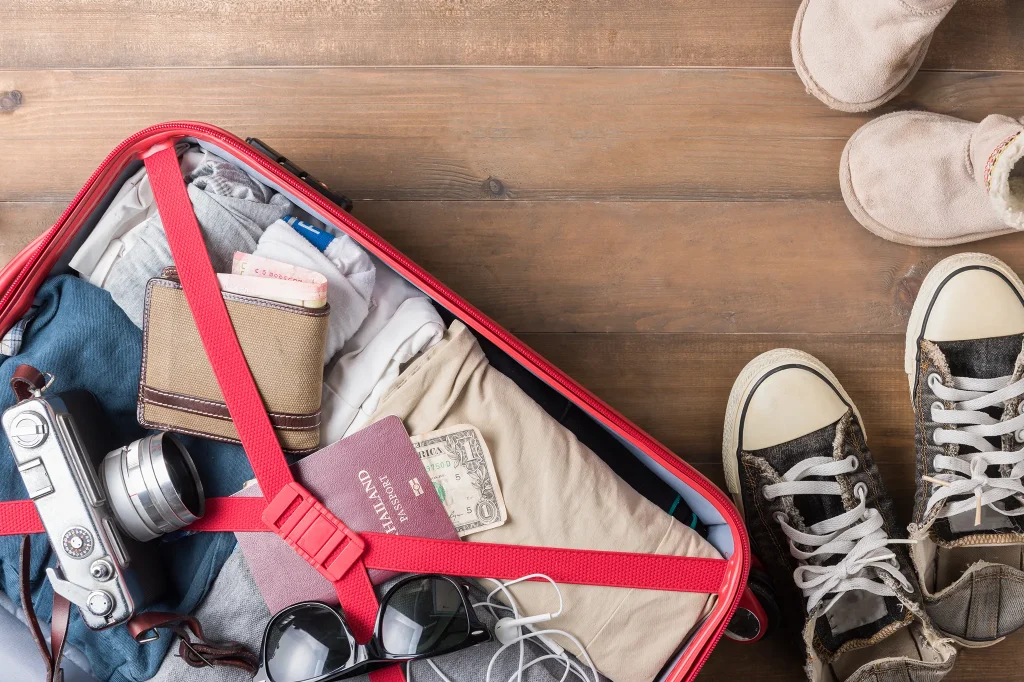
Other Considerations During Tanzania Safaris
Some other considerations that first-time safari-goers to Tanzania must keep in mind are luggage restrictions, cultural references, and respecting the local wildlife.
- Luggage restrictions vary depending on the type of safari and transportation used. But, in general, visitors should aim to pack lightly. They should avoid bringing bulky and unnecessary items.
Tip: Consider bringing in soft-sided duffel bags or backpacks over hard-shell suitcases. They are more flexible and easier to pack into safari vehicles.
- When visiting any foreign country, it is important to be respectful of the local culture and customs. Visitors should dress modestly and be respectful of local customs and beliefs.
- In addition, should also be respectful of the local wildlife. It is important to follow the rules and guidelines set by your guides. Also, avoid getting too close to the animals in their natural habitat.
Final Packing Suggestions for Tanzania Safaris
Apart from the above set guidelines, some other packing suggestions for Tanzania Safari Tours that should be followed are keeping your luggage locked at all times, keeping cash handy in some places in your bag, and not bringing any expensive jewellery during the journey.
Lastly, we hope the above recommendations for Tanzania Safari Packing List are the ultimate list that any first-timer to Tanzania would need. By following the above guidelines, we hope visitors can travel comfortably and safely and fully enjoy their once-in-a-lifetime experience.


